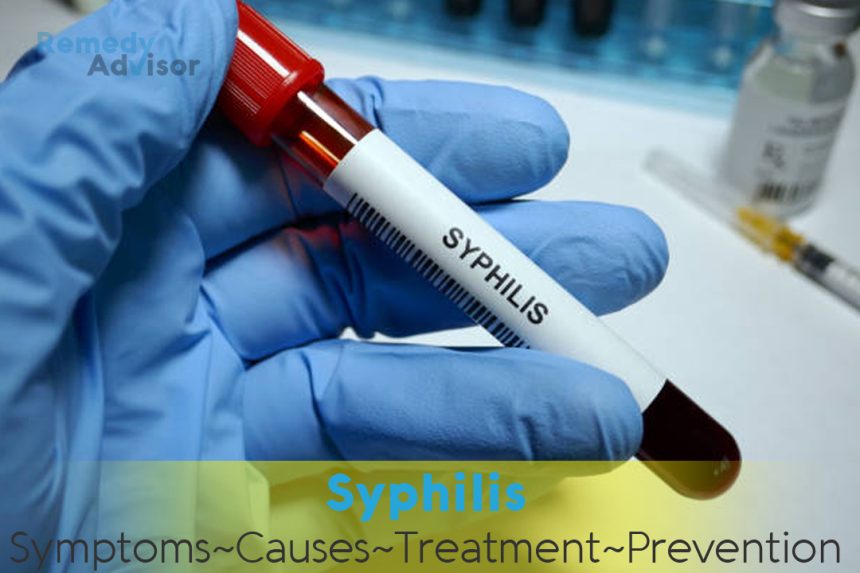What is it
One of the oldest sexually transmitted diseases, syphilis is a highly contagious bacterial infection. Records of the disease go back to the time of Columbus’s voyage, and historians argue over whether syphilis originated in the Americas, Europe, Asia, or Africa.
After declining in the United States in this century, the number of syphilis cases began to rise in the 1950s, with the height of the most recent epidemic in 1990. At that time the rate of syphilis was near a 30-year high and the number of children born with the disease had also soared. However, the disease has been declining again in the 1990s.
Syphilis is treatable and curable in its first two stages. If not treated, it becomes latent for a period of years until the outbreak of a final destructive stage.
Symptoms
- In the initial or primary stage of syphilis, one or more painless sores (chancres) appear on the genitals, mouth, or anus the sites where the bacteria can enter your body up to 12 weeks after the initial infection occurs. Chancres are more obvious in men. Vaginal chancres are rarely noticed and heal without scarring. The infection is highly contagious in this stage.
- If treatment is not received, the secondary stage of syphilis may occur, beginning six weeks to several months after the appearance of the chancre(s). This stage during which the infection continues to be highly contagious is characterized by fever, a non-itching rash, and flulike symptoms. Lymph nodes may enlarge. Each of these symptoms may occur, disappear, and then reappear later.
- The untreated bacteria may become latent, and people who reach this stage show no symptoms. Late-stage, or tertiary, syphilis can develop 10 or more years after the initial infection, with symptoms that can mimic many other diseases. This stage can result in damage to internal organs, including the heart and brain, and in death.
- Syphilis can also be transmitted to newborns by infected mothers.
What causes it
Syphilis is caused by the Treponema pallidum bacterium, which spreads primarily through sexual intercourse with a person who is in the primary or secondary stages of infection. (Late-stage syphilis is noninfectious.) The bacteria travel quickly and aggressively through the bloodstream and lymphatic system.
What if you do nothing
The initial phase of syphilis will clear up by itself without treatment within a month or so. However, if untreated, syphilis may become chronic and ultimately fatal. The final tertiary stage (or late stage) of syphilis can begin years after the initial infection. Depending on the course of the disease, late-stage syphilis that has not been treated can cause heart disease, brain damage, destruction of bones or other organs, and eventually death.
Home remedies
Syphilis cannot be accurately diagnosed and treated without professional help. There are no home remedies, so see a doctor or another health care professional if you get infected or think you might be infected.
Prevention
Know your partner
Get to know a potential sex partner before becoming intimate. Avoid anyone whose health status is questionable.
Practice safer sex
Follow the measures described for preventing any sexually transmitted disease. Most importantly, use a latex condom each time you have sexual intercourse.
Early detection
If you or your partner notice any symptoms of syphilis, contact your physician immediately and seek treatment.
Get tested regularly if you have multiple sex partners
Even if you have no symptoms, ask your physician to perform a syphilis test annually.
Abstain from sex
To prevent syphilis from spreading, abstain from sexual intercourse for at least two months after undergoing treatment. Make sure follow-up blood studies show no recurrence of the disease.







